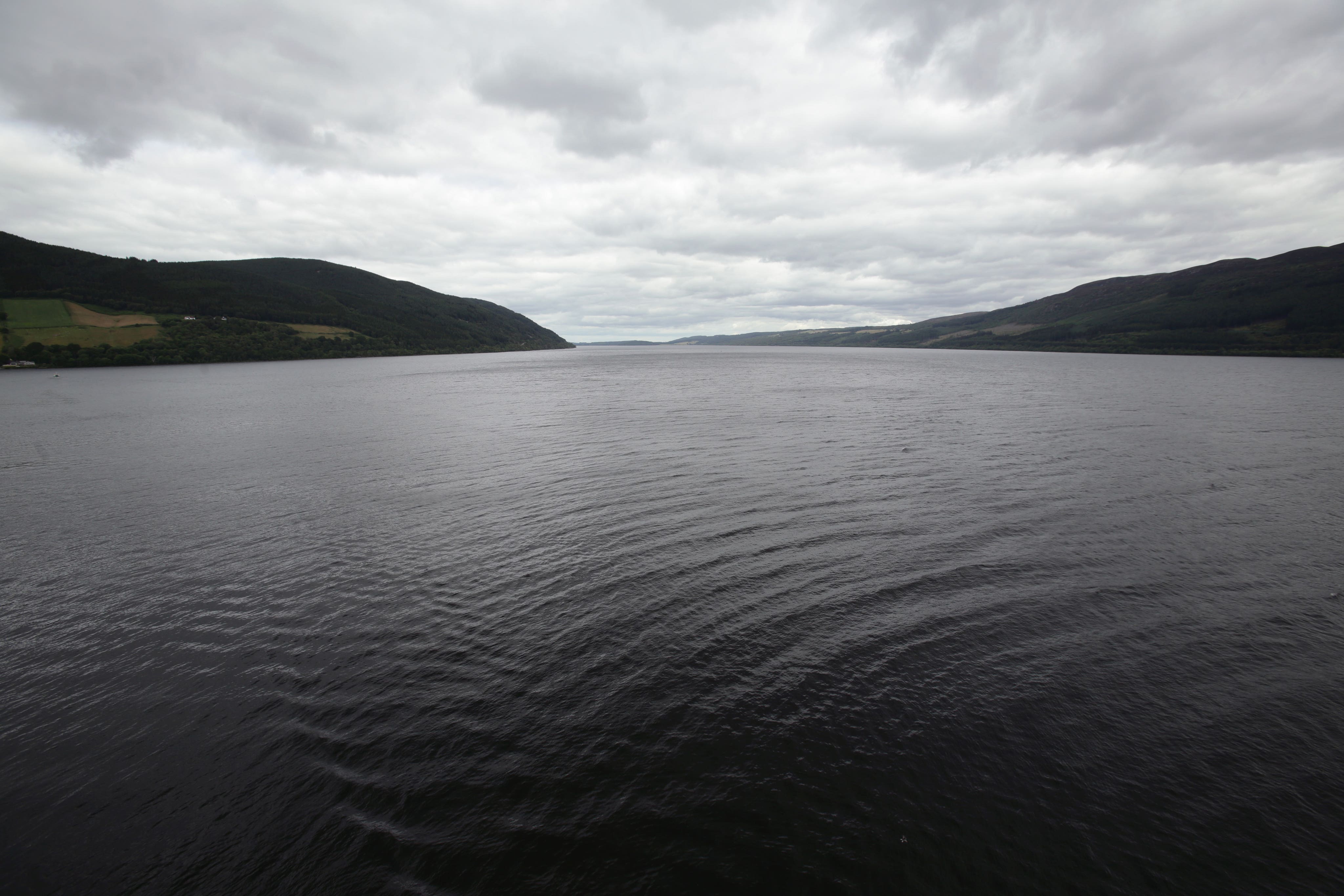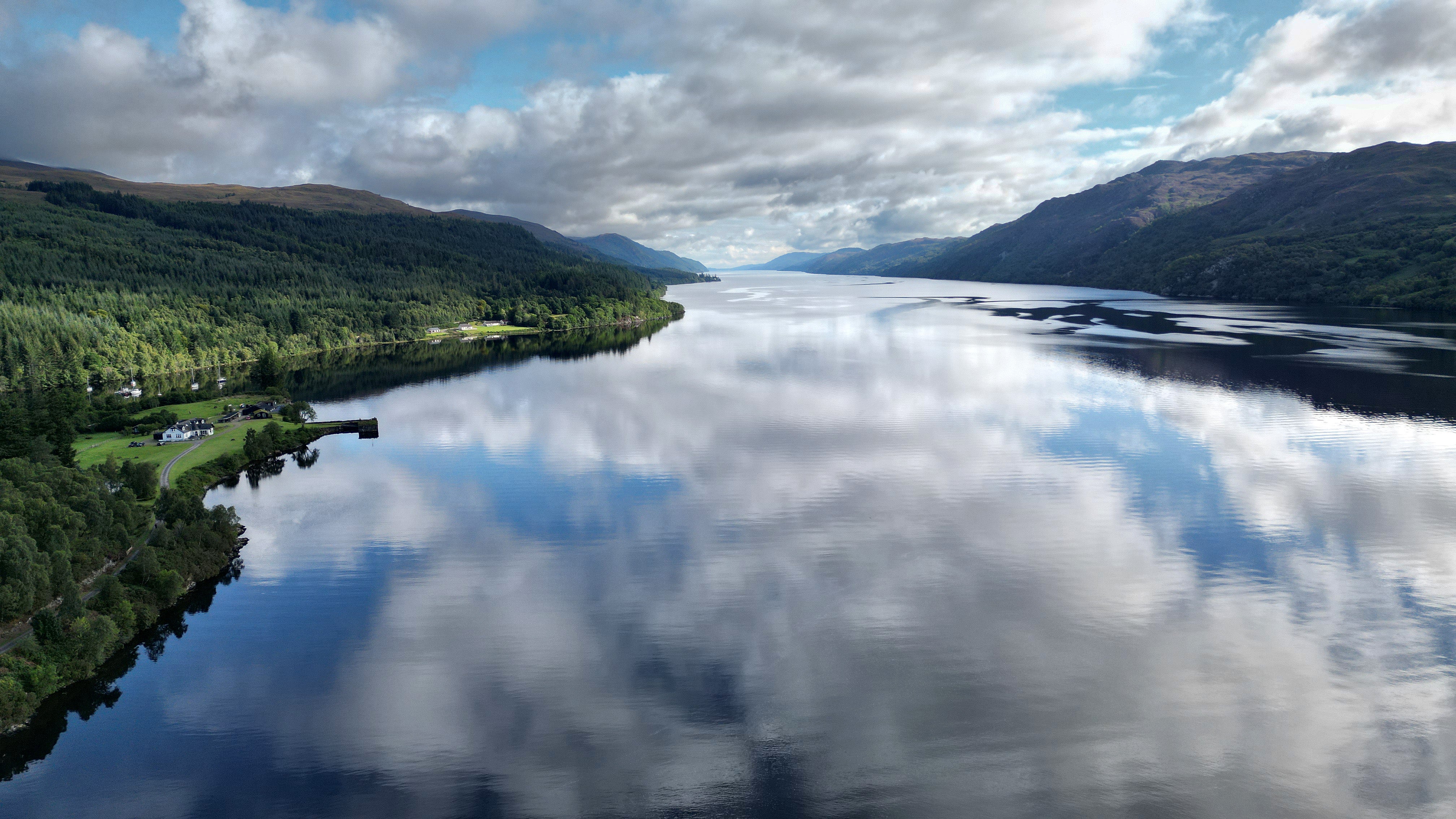Researchers photograph ‘micro-monster’ organisms living in Loch Ness
Technology can produce several thousand images of microscopic marine organisms in single dive, scientists say
Your support helps us to tell the story
From reproductive rights to climate change to Big Tech, The Independent is on the ground when the story is developing. Whether it's investigating the financials of Elon Musk's pro-Trump PAC or producing our latest documentary, 'The A Word', which shines a light on the American women fighting for reproductive rights, we know how important it is to parse out the facts from the messaging.
At such a critical moment in US history, we need reporters on the ground. Your donation allows us to keep sending journalists to speak to both sides of the story.
The Independent is trusted by Americans across the entire political spectrum. And unlike many other quality news outlets, we choose not to lock Americans out of our reporting and analysis with paywalls. We believe quality journalism should be available to everyone, paid for by those who can afford it.
Your support makes all the difference.Researchers are using new cutting-edge tools to better understand the ecosystem of Scotland’s most famous loch.
The Loch Ness Centre has joined forces with academics based at the School of Engineering at the University of Aberdeen for a project they say is a significant step forward in a scientific exploration of the lake.
The team deployed a state-of-the-art holographic camera to examine the many microscopic organisms that inhabit the body of water.
Dubbed the weeHoloCam, the technology can produce several thousand digital holographic images of microscopic marine organisms in one dive and uses the latest AI techniques to classify the images.
The weeHoloCam has never before been used on Loch Ness and after its initial dive captured incredible images of what look like “micro-monsters”, but are plankton particles.

“This was a unique opportunity for us to deploy the weeHoloCam into fresh water, as it has previously only been used in ocean salt water,” Thangavel Thevar, from the University of Aberdeen said.
“We were curious as to what the water quality would be like, especially at lower depths, as we know that too much peat could obstruct the recording path of the instrument”
“We lowered the camera to around 200 metres and were able to see lots of interesting particles which, by working with biologists, should be able to give us more information about the biodiversity of Loch Ness.”
“At the centre, we present the whole story about Loch Ness – the science and the myths, and as part of that ongoing effort we want to encourage researchers to come here and to find out more about what is in the loch, because there is so much we don’t know,” Nagina Ishaq, general manager of the Loch Ness Centre, said.
“One of the applications was from the University of Aberdeen using the weeHoloCam and it really jumped out at us as something we wanted to pursue.”
“It has been really exciting having the team here and we look forward to working with them further as they study Loch Ness on a microbial level to see what can be learned.”

This year marks 90 years since adventurer Sir Edward Mountain and his team of 20 explorers became the first “watchers” of the fabled Loch Ness monster that is said to inhabit the water.
The new project follows the Loch Ness Centre’s latest giant search of the water as it continues pursuit towards uncovering the loch’s mysteries.
As part of the recent search, a hydrophone was used to listen for mysterious sounds echoing from the depths of the loch.
Alan McKenna, from Loch Ness Exploration, captured a unique noise using the hydrophone to be analysed, describing it as “a rhythmic pulsing sound that lasted about 10 seconds”.
